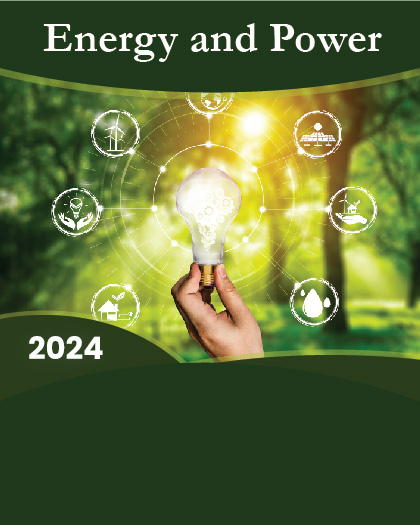
The global geothermal power market was valued at $4.6 billion in 2018 and is projected to reach $6.8 billion by 2026, growing at a CAGR of 5.0% from 2019 to 2026. Geothermal energy is defined as the energy derived from the natural heat of the earth, owing to decay of the natural radioactive isotopes of uranium, thorium, and potassium. Power generated by geothermal energy is referred to as geothermal power. Technologies used to generate power from geothermal energy include flash steam power stations, dry steam power stations, and binary cycle power stations.
Currently, geothermal electricity generation is used in 26 countries, whereas geothermal heating is in use in around 70 countries. Enforcement of stringent government regulations supporting the use of geothermal power for generating electricity acts as a key driver of the global geothermal power market. Leading countries in terms of production of geothermal energy are the U.S., Philippines, Indonesia, Mexico, and Japan. Presence of large geothermal reserves in the U.S., Mexico, Philippines, and Indonesia is one of the significant factors propelling geothermal production in these countries.
Other factors such as volatility in fossil fuel prices, increase in greenhouse gases emissions, and cost-effectiveness of geothermal energy are boosting the demand for geothermal power to generate electricity. As a result, it is expected that the geothermal power market will grow significantly during the forecast period. However, certain factors are expected to hamper the growth of the market such as requirement of huge investment for geothermal power plants and negative impact of geothermal energy on the environment =.
The global geothermal power market is segmented into power station type, end use, and region. By power station type, the market is fragmented into dry steam power stations, flash steam power stations, and binary cycle power stations. Market segmentation based on end use includes residential, commercial, industrial, and others. Region-wise, the market is analyzed across North America, Europe, Asia-Pacific, and LAMEA.
Key players operating in the global geothermal power market are ABB, EDF, Enel Spa, General Electric (GE), The Tata Power Company Limited, Mitsubishi Hitachi Power Systems Inc., Toshiba Corporation, Korea Electric Power Corporation, Siemens AG, Yokogawa Electric Corporation
KEY BENEFITS FOR STAKEHOLDERS
- Porter's five forces analysis helps to analyze the potential of buyers & suppliers and the competitive scenario of the industry for building strategies.
- The report outlines the current trends and future scenario of the geothermal power market size from 2018 to 2026 to understand the prevailing opportunities and potential investment pockets.
- Major countries in four major regions, namely, North America, Asia-Pacific, Europe, and LAMEA have been mapped according to their individual revenue contribution in the market analysis at regional and country-level.
- The geothermal power market trends such as drivers, restraints, and opportunities and their detailed impact analyses are elucidated in the study.
- The profiles of key players along with their contribution in market growth are enlisted in the report.
KEY MARKET SEGMENTS
By Power Station Type
- Dry Steam Power Stations
- Flash Steam Power Stations
- Binary Cycle Power Stations
By End-use Industry
- Residential
- Commercial
- Industrial
- Others
By Region
? North America
o U.S.
o Canada
? Europe
o Germany
o France
o Iceland
o Italy
o Portugal
o Rest of Europe
? Asia-Pacific
o Indonesia
o Japan
o Philippines
o Rest of Asia-Pacific
? LAMEA
o Chile
o Turkey
o Kenya
o Rest of LAMEA
KEY PLAYERS
- ABB
- EDF
- Enel Spa
- General Electric (GE)
- The Tata Power Company Limited
- Mitsubishi Hitachi Power Systems Inc.
- Toshiba Corporation
- Korea Electric Power Corporation
- Siemens AG
- Yokogawa Electric Corporation
























